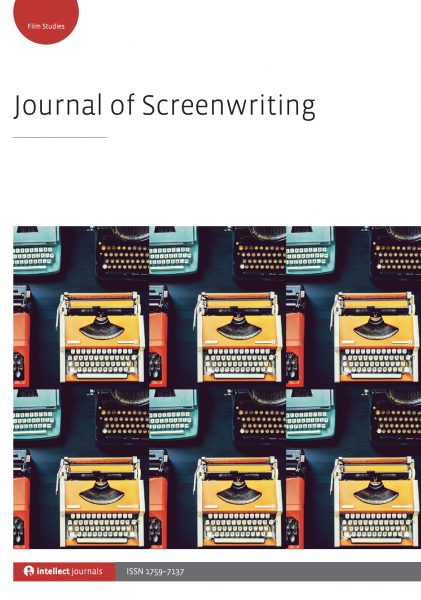Highlighting the articles in the past editions of the Journal of Screenwriting, of which I am the Book Reviews Editor. Hopefully these abstracts will entice you to did a little deeper into the history and future of screenwriting. — Rosanne
Female fantasy and postfeminist politics in Nora Ephron’s screenplays by Roberta Garrett
The article examines and re-evaluates Nora Ephron’s screenplays; it argues that Ephron’s popularity with female viewers, and her association with the derided category of ‘chick-flicks’, has caused critics to overlook her important contribution to female screenwriting in the last twenty years. Since the late 1980s, Ephron has created a number of highly successful mainstream, popular screenplays that skilfully articulate and express the conflicting pressures experienced by young women, while still offering a positive view of ‘feminine’ culture. Through an analysis of key features of Ephron’s romantic comedies – such as the characteristics of the Ephron heroine, the use of parallel narrative and the symbolic significance of mother/daughter relationships, the article argues that Ephron’s narratives offset specific negative cultural stereotypes of single and professional women from the 1990s and noughties through a sympathetic, feminist-influenced approach to contemporary gender roles, expectations and courtship rituals. Ephron’s screenplays offer an uplifting vision of feminine culture and attributes in which patriarchal attitudes are countered and defeated by the optimism, resourcefulness and integrity of the female heroine.

The Journal of Screenwriting is an international double-blind peer-reviewed journal that is published three times a year. The journal highlights current academic and professional thinking about the screenplay and intends to promote, stimulate and bring together current research and contemporary debates around the screenplay whilst encouraging groundbreaking research in an international arena. The journal is discursive, critical, rigorous and engages with issues in a dynamic and developing field, linking academic theory to screenwriting practice.
Get your copy and subscription to the Journal of Screenwriting Today!
* A portion of each sale from Amazon.com directly supports our blogs
** Many of these books may be available from your local library. Check it out!


![Drs. Rosanne Welch and Sarah Clark discuss The Monkees “Here Come the Monkees (Pilot)” episode on the Zilch Podcast’s Monkees 101 Series [Audio]](https://rosannewelch.com/wp-content/uploads/2021/01/Zilch161sm.jpg)

![05 Women Writers Matter from There And Back Again: Writing and Developing for American TV [Video] (27 seconds)](https://rosannewelch.com/wp-content/uploads/2021/01/rmw-oxford-brookes-05.png)




